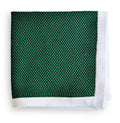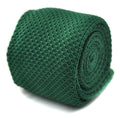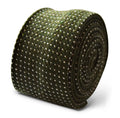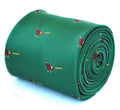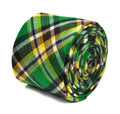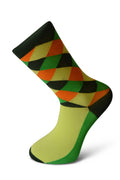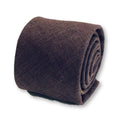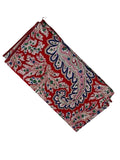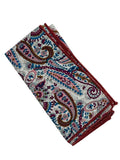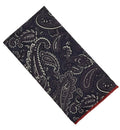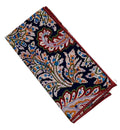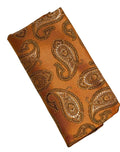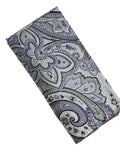Where Did the Tie Originate From? [Infographic]
Posted by
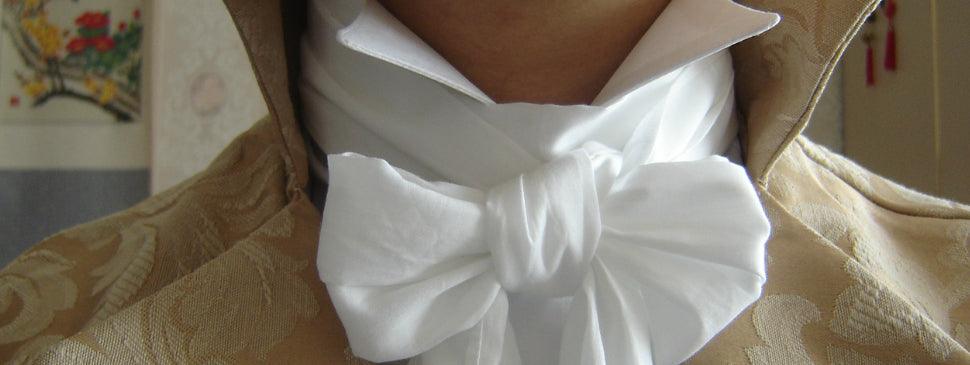
The history of the tie goes back a long way, and its evolution has certainly been influenced by social and political events throughout the years. One of the earliest documented existences of fabric being used around the neck goes back as far as 221 B.C in China. A terracotta Chinese army showcasing cloth being tied around the warrior's necks has been one of the earliest archaeological discoveries, but where was the first existence of such a concept in Europe? And how has the tie's appearance and significance changed over time? In this infographic we explore the history of the tie, and share some insight into its evolution, from the 16th century into the present day...

Share this image on your site with a credit to www.frederickthomas.co.uk
Transcript:In the early 1600s, neckties started to appear in Croatia, and were worn by mercenaries during the Thirty Years War. The French soon discovered this concept and adopted the ties as a fashion statement, replacing traditional collars with something similar to the cravat, a phrase that originates from the German “Krabate”, from Serbo-Croatian “Hrvat”, aka “Croat”.
Moving towards the end of the century, French troops were attacked in Steenkerken, Belgium in 1692. During this ambush the French did not have time do up their ties in the way they had been used to. Instead they were folded loosely around the necks and pulled trough the buttonhole of their shirt. This was the beginning of a new style of necktie knows as “The Steinkirk”.
During the 1700s, neckwear fashion exploded and became a symbol of aristocracy in many countries, including France where green cravats were supposedly worn my aristocratic youth, and striped cravats became associated with “The Incroyables”.
This new trend soon reached England, and the Dandy movement (which emphasised elegance and refinement) during the 1800s adopted white cravats, which were tied in a bow. One popular example of Dandyism can be found in Pride and Prejudice, in the form of the charming Mr Darcy.
Moving towards the Victorian age, carriage drivers started to wear slim, vertical ties, very much like the ties we see today. This new design was called a “four in hand knot”, which was named after the carriages which were pulled by four horses.
During the 1920s, slim ties were still prevalent, but the bow tie also because hugely popular in combination with the tuxedo.
Since then there has been several changes in terms of suit style, but ties have remained relatively similar. Now however the tie is no longer limited to the aristocracy and holds much less social significance. Instead the tie is something that represents the “everyday man”, becoming a staple in most men’s wardrobes.


